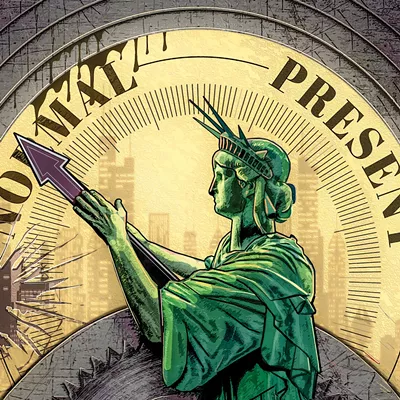
By Adam Liptak, J. David Goodman and Sabrina Tavernise
The New York Times
The Supreme Court refused to block a Texas law prohibiting most abortions just before midnight Wednesday, less than a day after it took effect and became the most restrictive abortion measure in the nation.
The vote was 5-4, with Chief Justice John G. Roberts Jr. joining the court’s three liberal members in dissent.
The majority opinion was unsigned and consisted of a single long paragraph. It said the abortion providers who had challenged the law in an emergency application to the court had not made their case in the face of “complex and novel” procedural questions. The majority stressed that it was not ruling on the constitutionality of the Texas law and did not mean to limit “procedurally proper challenges” to it.
But the ruling was certain to fuel the hopes of abortion opponents and fears of abortion rights advocates as the court takes up a separate case in its new term this fall to decide whether Roe v. Wade, the landmark 1973 decision establishing a constitutional right to the procedure, should be overruled. It also left Texas abortion providers turning away patients as they scrambled to comply with the law, which prohibits abortions after roughly six weeks.
All four dissenting justices filed opinions.
“The court’s order is stunning,” Justice Sonia Sotomayor wrote in her dissent. “Presented with an application to enjoin a flagrantly unconstitutional law engineered to prohibit women from exercising their constitutional rights and evade judicial scrutiny, a majority of justices have opted to bury their heads in the sand.”
“The court has rewarded the state’s effort to delay federal review of a plainly unconstitutional statute, enacted in disregard of the court’s precedents, through procedural entanglements of the state’s own creation,” Sotomayor wrote. “The court should not be so content to ignore its constitutional obligations to protect not only the rights of women, but also the sanctity of its precedents and of the rule of law.”
The Texas law, known as Senate Bill 8, amounts to a nearly complete ban on abortion in Texas because 85-90% of procedures in the state happen after the sixth week of pregnancy, according to lawyers for several clinics. On Tuesday night, clinics were scrambling to see patients until the minute the law went into effect, with six-hour waits for procedures in some places. By Wednesday, the patient lists had shrunk, clinic workers said.
This article originally appeared in The New York Times.














